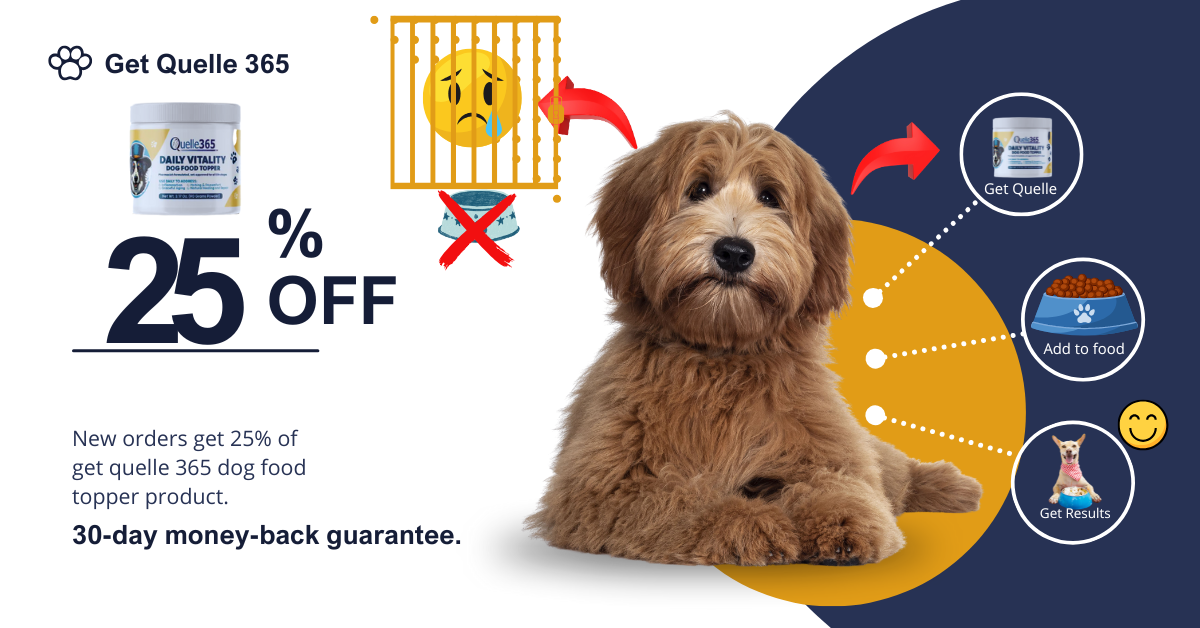The heat wave in the North State is taking its toll, and the human population is not the only one suffering. Many animals fall victim to extreme temperatures, yet there is no excess of TV mentions or social media postings to remind us about this disastrous fact. That is why PetSafe (https://www.petsafe.com/blog/pet-hydration-awareness-month-why-now/ ) announced that July, the start of the hottest months, has been declared “National Pet Hydration Awareness Month” to raise awareness about the importance of hydration in domesticated animals.
Not only does this annual observation inform us to limit our pets’ exposure to extreme temperatures, but it also educates us about the early warning signs of dehydration and what measures we can take to ensure it does not occur.
Dehydration is a condition where so much fluid is lost that a body cannot function normally. It occurs when more fluids are lost than are taken in. Dehydration can occur when there is increased perspiration/evaporation or the body is ill and experiences fever, diarrhea, and/or vomiting. It can also occur if there is not an adequate water intake or if medications are given that increase urinary output. All mammals rely on water to keep their bodies functioning properly; our pets are no exception. Water is necessary for virtually every important bodily function, including blood circulation, respiration, digestion, muscle and joint movement, etc. When we think of nutrition, we generally think of the food eaten. But water is the critically necessary ingredient which allows cells to absorb the essential nutrients provided by the that food.
Just like in humans, dogs and cats experience dehydration when their bodies utilize more fluid than they receive. Dogs, for example, lose water naturally throughout the day by breathing, panting, urinating, or even evaporating through their paws. Unfortunately, our dogs cannot tell us when they are feeling parched, but knowing the signs of dehydration can help us respond quickly and potentially avoid a serious medical emergency. Please note that many of the signs and symptoms are the same for cats.
The most apparent sign of dehydration can be seen in the pet’s mouth. Dogs, cats, and almost all other mammals are constantly salivating, and dehydration prevents that consistent salivation. If you touch a pet’s gums and feel dry and sticky, they are likely dehydrated. In addition, a simple test for “capillary refill time” should be conducted. Press your finger gently against the pet’s gums and quickly remove it. In a well-hydrated animal, the area pressed will appear white for a second and return to a normal pink color almost immediately. In dehydrated animals, the pink color takes much longer to appear. In severely dehydrated pets, gums may appear white.
Other symptoms may include loss of appetite, lethargy, increased panting after limited activity, loss of skin elasticity, vomiting (with or without diarrhea), sunken eyes, and dry nose. Another simple test is to gently grasp some of the pet’s skin near their shoulder blades, raise it up and let it go, watching it as it falls back into position. In well-hydrated animals, the skin will almost instantly return to its original position. The skin of dehydrated dogs and cats will take longer to fall back into normal position.
Vomiting, diarrhea, heatstroke, illness and fever may cause a pet to become dehydrated. Puppies, kittens, seniors, nursing mothers, and smaller dog breeds have an increased chance of becoming dehydrated easily. Dehydration can also be a symptom of an underlying cause, such as kidney disease, diabetes, or some types of cancer.
When normal fluid intake fails to make up for fluid loss, blood flow is reduced, thus reducing the delivery of oxygen to organs and tissues. Dehydration also results in a loss of electrolytes, such as sodium, chloride, and potassium, which are responsible for normal muscle and nerve function. Severe fluid shortage can ultimately lead to organ failure and, ultimately, death.
The best way to protect a pet from dehydration is to provide a constant supply of clean water, whether inside or outside. Dependent upon outside temperature and activity level, some pets may require a higher water intake on some days, like during the summer months. A veterinarian can offer sound advice about how best to ensure your pet consumes enough fluid, based on their age, weight, and condition. Kibble and other dry foods contain very little moisture. If the pet is not normally a big drinker of water, consider adding wet food or water to the kibble. Some pets prefer only moving water, for example cats that will only drink from a faucet. If that is the case, consider purchasing a fountain specific for pets that will keep the water circulating.
If your pet has any signs of dehydration, take him to a veterinarian immediately. It is a medical emergency. The vet can administer IV fluids quickly and evaluate the animal’s overall condition. Since dehydration can be a symptom of a larger medical issue, the veterinarian may want to do various tests to determine if there is an underlying problem.
Understanding the importance of providing our pets with ready access to fresh, clean water, as well as knowing the signs of dehydration, can help keep them healthy during these hot days.
Originally Published:




